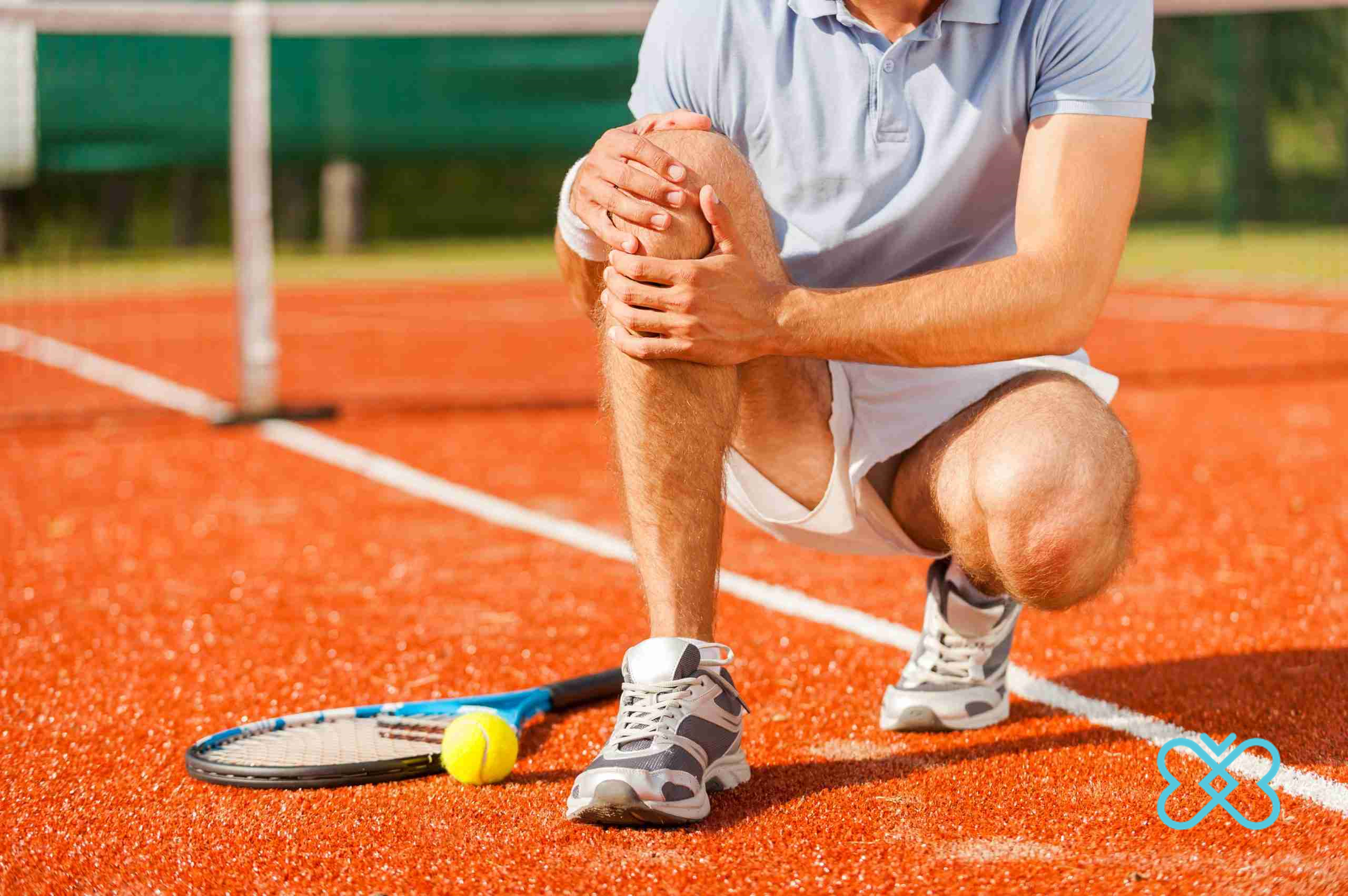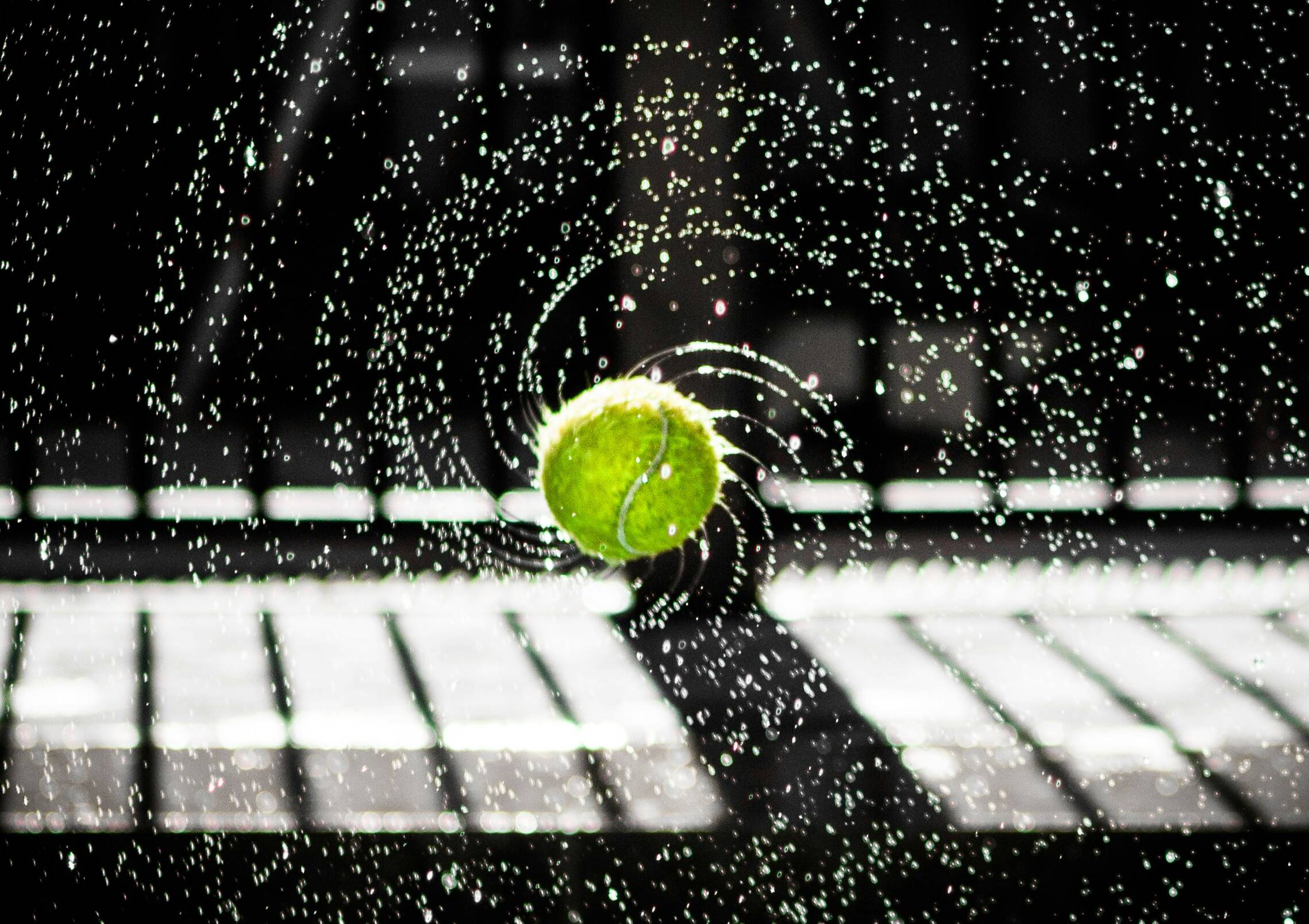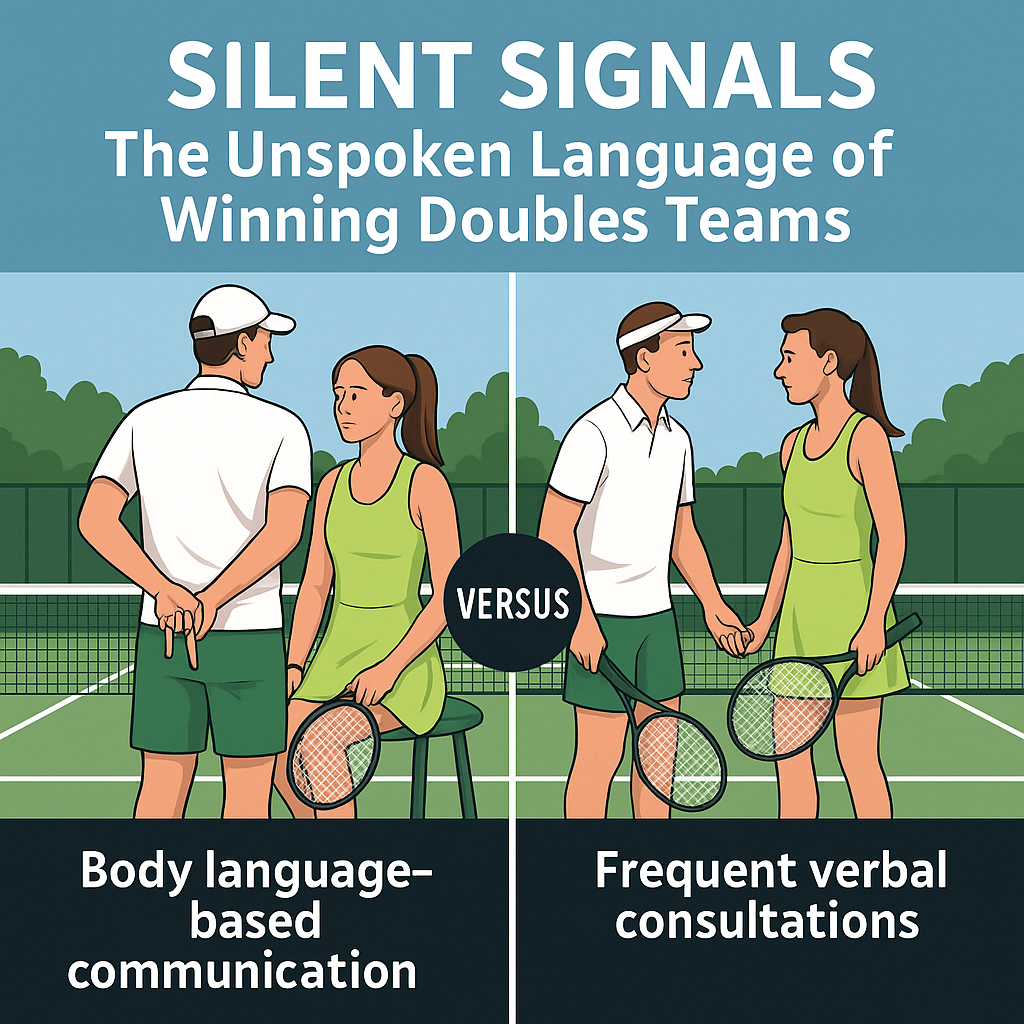Broken but Not Beaten: How to Stay Mentally Strong Through Tennis Injuries
For the last eighteen months I've been dealing with an injury that has me swirling mentally and physically. Discussions with medical experts and a search for a cure has become part of my daily DNA. In tennis, injury isn’t just a physical setback—it’s a mental test. When your body can’t do what your mind craves, frustration, anxiety, and even identity loss can creep in. For passionate players, an injury feels like exile: from the court, from the community, and from the part of yourself that thrives in competition.


